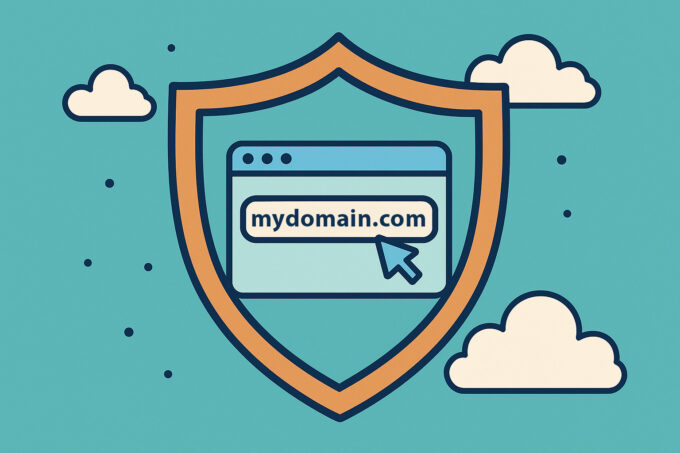In today’s digitalized world, where a strong online presence is crucial for business success, having a user-friendly website is not just an advantage but a necessity. A user-friendly website not only enhances the overall user experience but also helps drive more conversions, which, in turn, boosts your business’s success. In this blog post, we’ll explore the undeniable benefits of a user-friendly website and provide practical tips and step-by-step advice on how to achieve them.
Enhanced User Experience
A user-friendly website is easy to navigate, loads quickly, and offers intuitive design. This enhanced user experience keeps visitors engaged and encourages them to explore your site.
Practical Advice: Optimize your website’s layout, use clear and logical navigation menus, and minimize page load times. Ensure that your site is mobile-responsive to cater to users on smartphones and tablets.
Improved SEO Performance
Search engines favor user-friendly websites that provide a smooth experience. An SEO-friendly website design can help improve your search engine rankings, making your site more discoverable to potential customers.
Practical Advice: Focus on responsive design, ensure fast-loading pages, and optimize your website’s structure for search engines. Implement proper heading tags and metadata.
Reduced Bounce Rates
A user-friendly website reduces the likelihood of visitors leaving your site immediately (high bounce rates). When users can easily find what they’re looking for, they’re more likely to stay and engage with your content.
Practical Advice: Use clear calls to action, provide relevant content, and ensure that your website’s design and navigation are intuitive.
Higher Conversion Rates
A seamless and user-friendly experience encourages visitors to take desired actions, such as signing up for newsletters, making purchases, or filling out contact forms. This leads to higher conversion rates and increased revenue.
Practical Advice: Implement clear and persuasive CTAs, streamline the checkout process for e-commerce sites, and use trust signals, such as secure payment icons and customer reviews.
Positive Brand Image
A user-friendly website reflects positively on your brand. It communicates professionalism and a commitment to providing an excellent user experience, which builds trust and credibility with your audience.
Practical Advice: Ensure a consistent and visually appealing design that aligns with your brand identity. Use high-quality images and content that resonates with your target audience.
Mobile Accessibility
With the increasing use of smartphones, a user-friendly website should be accessible and responsive on mobile devices. This expands your reach and caters to a broader audience.
Practical Advice: Prioritize mobile-responsive design and testing to ensure your website looks and functions well on all screen sizes.
Faster Load Times
Slow-loading websites frustrate users and can lead to higher bounce rates. A user-friendly website is optimized for speed, ensuring a smooth and enjoyable browsing experience.
Practical Advice: Optimize image sizes, minimize HTTP requests, and leverage browser caching. Use content delivery networks (CDNs) to speed up content delivery.
Increased User Engagement
User-friendly websites tend to have more engaged visitors. When users find your site easy to navigate and relevant to their needs, they are more likely to explore your content, products, or services.
Practical Advice: Create high-quality, valuable content that caters to your audience’s interests and needs. Encourage interaction through comments, social sharing, and email sign-ups.
Competitive Advantage
Having a user-friendly website can set you apart from competitors who may have outdated or clunky websites. A modern, user-centric design can be a powerful competitive advantage.
Practical Advice: Regularly assess your competitors’ websites to ensure yours remains ahead in terms of design and functionality.
Accessible to All Users
A user-friendly website is designed with accessibility in mind, ensuring that all users, including those with disabilities, can access and use your site.
Practical Advice: Comply with accessibility standards such as WCAG (Web Content Accessibility Guidelines) to make your website inclusive to all users.
Creating a user-friendly website is an ongoing process that involves regular assessment, user feedback, and keeping up with web design trends. By following the practical advice and implementing these steps, you can ensure your website provides an exceptional user experience, driving more conversions and ultimately contributing to your business’s success.



